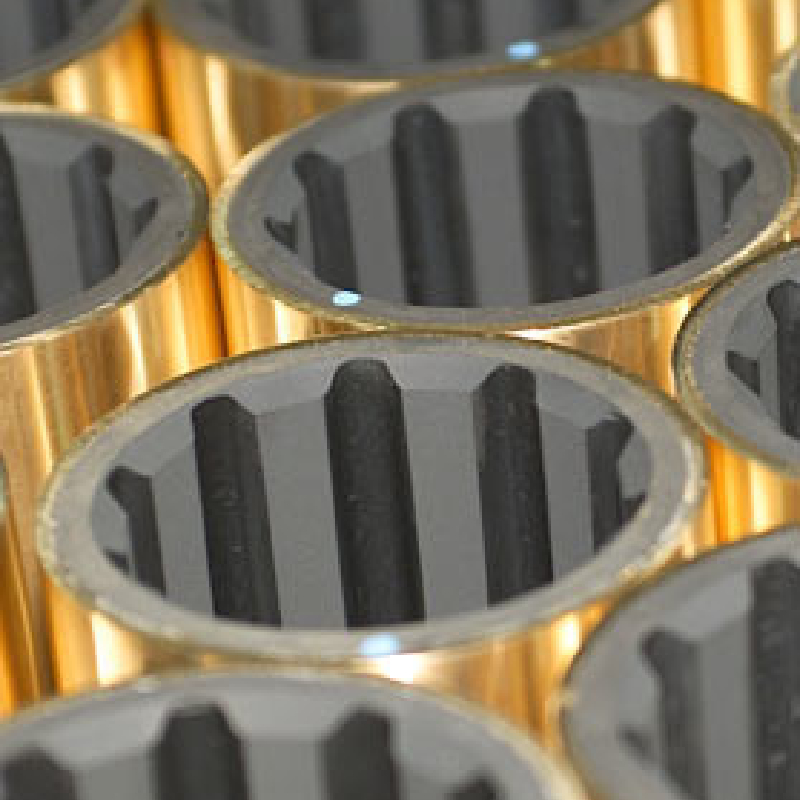Best Practices for Maintaining Your Automatic Transmission Extension Housing Seal for Optimal Performance
Understanding Automatic Transmission Extension Housing Seals
Automatic transmissions are intricate systems designed to manage the power output of an engine and convert it smoothly into controlled motion. One of the critical components of this system is the extension housing, which plays a vital role in the overall operation of the transmission. Within the extension housing, there exists a crucial component known as the extension housing seal. This article explores the significance, functionality, and maintenance of automatic transmission extension housing seals.
What is an Extension Housing Seal?
The extension housing seal is a rubber or composite component located at the rear of the transmission housing, where the transmission connects to the driveshaft. Its primary function is to prevent the leakage of transmission fluid, which is essential for lubricating the internal mechanisms and ensuring the efficient operation of the transmission. The seal acts as a barrier against external contaminants, such as dirt and moisture, which can adversely affect the transmission's performance and longevity.
Importance of the Extension Housing Seal
1. Fluid Retention The most critical role of the extension housing seal is to maintain fluid integrity within the transmission system. Automatic transmissions are filled with specially formulated transmission fluid, which lubricates gears, provides hydraulic pressure, and ensures smooth shifting. A compromised seal can lead to fluid leaks, which may cause the transmission to operate inefficiently and potentially lead to catastrophic failure.
2. Contaminant Protection The extension housing seal also protects the internal components of the transmission from dirt and debris. The harsh operating environment can introduce contaminants that could wear down gears and bearings over time. A properly functioning seal helps keep these harmful particles at bay, extending the transmission's lifespan.
3. Performance Efficiency A well-sealed transmission operates more efficiently. When the transmission fluid is at the correct level and free from contaminants, the entire system functions smoothly, leading to better fuel efficiency, improved shifting performance, and enhanced overall driving experience.
Signs of a Failing Extension Housing Seal
automatic transmission extension housing seal

Like any component, extension housing seals can wear out over time, resulting in various issues. Here are some common signs that indicate a seal may be failing
- Fluid Leaks The most obvious sign of a problem is visible transmission fluid leaking from the rear of the transmission. This often appears as reddish fluid pooling under the vehicle.
- Strange Noises A failing seal can lead to low fluid levels, which may cause strange noises as the internal components are not properly lubricated.
- Slipping Transmission If the seal allows transmission fluid to escape, you may experience slipping gears or delayed shifts, indicating the need for urgent attention.
Maintenance and Replacement
Regular maintenance of your vehicle’s transmission can help prolong the life of the extension housing seal. Checking transmission fluid levels and condition regularly can catch issues before they escalate. If a fluid leak is suspected, it’s important to address the issue promptly to prevent further damage.
Replacing an extension housing seal is typically more straightforward than many other transmission repairs. While the process may vary depending on the vehicle make and model, it generally requires the removal of the driveshaft and possibly other components to access the seal. It’s advisable to consult a professional mechanic to ensure the replacement is done correctly.
Conclusion
The extension housing seal is a small but critical component of an automatic transmission system. Understanding its importance can help vehicle owners maintain their transmissions effectively, leading to a more reliable and efficient driving experience. Regular inspections and timely replacement of worn seals are essential practices for preserving the integrity and functionality of automatic transmissions.
-
Understanding Automotive Oil Seals: Essential Components for Engine and Shaft Protection
News Jul.30,2025
-
The Importance of Heavy Duty Seals in Industrial and Residential Applications
News Jul.30,2025
-
Exploring Industrial Oil Seals: From Felt Oil Seals to TTO and CFW Solutions
News Jul.30,2025
-
Essential Guide to Oil Seals: From Radial to Metal-Cased Seals for Industrial Reliability
News Jul.30,2025
-
Choosing the Right Oil Seals and Gaskets for Industrial and Automotive Applications
News Jul.30,2025
-
Cassette Seals: Durable Sealing Solutions for Harsh Environments
News Jul.30,2025
-
Understanding the Front Main Engine Seal: Purpose, Maintenance, and Installation
News Jul.29,2025
Products categories















